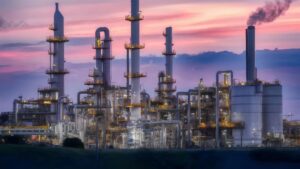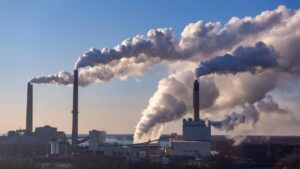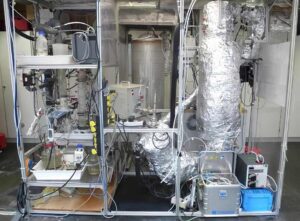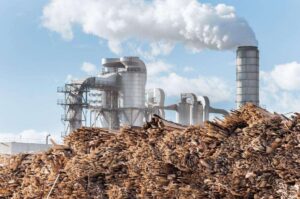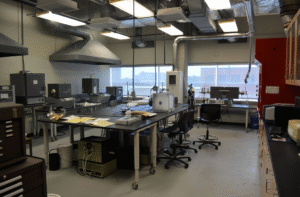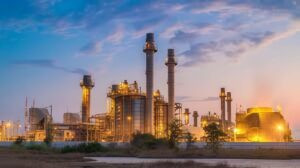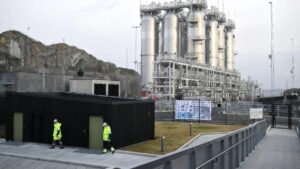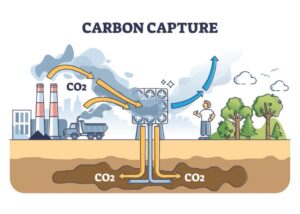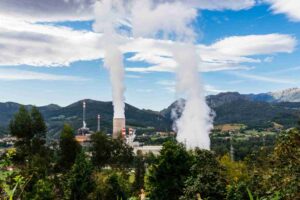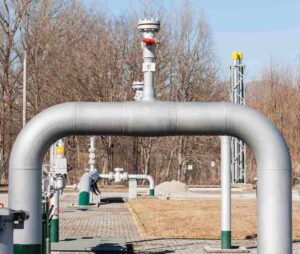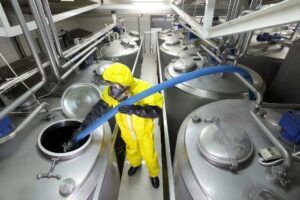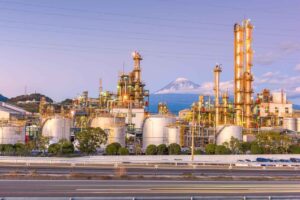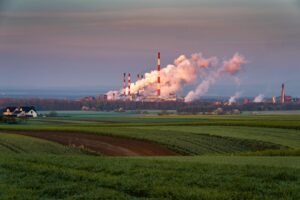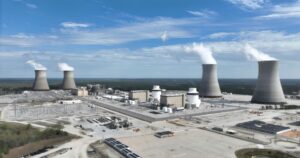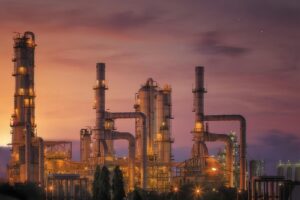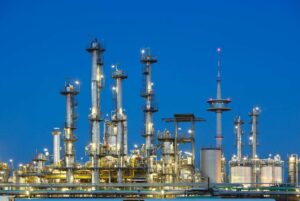Industrial processes succeed or fail on the tight control of oxygen. When O₂ runs high, combustion wastes fuel and NOx skyrockets; when it dips too low, incomplete combustion, product spoilage, or even explosion hazards can follow. Teams try to “watch it” with periodic checks, but drift, delays, and harsh conditions hide the real picture. An appropriately specified O₂ gas analyzer gives you continuous, defensible numbers—closing safety gaps, optimizing burners, and protecting product quality without guesswork.
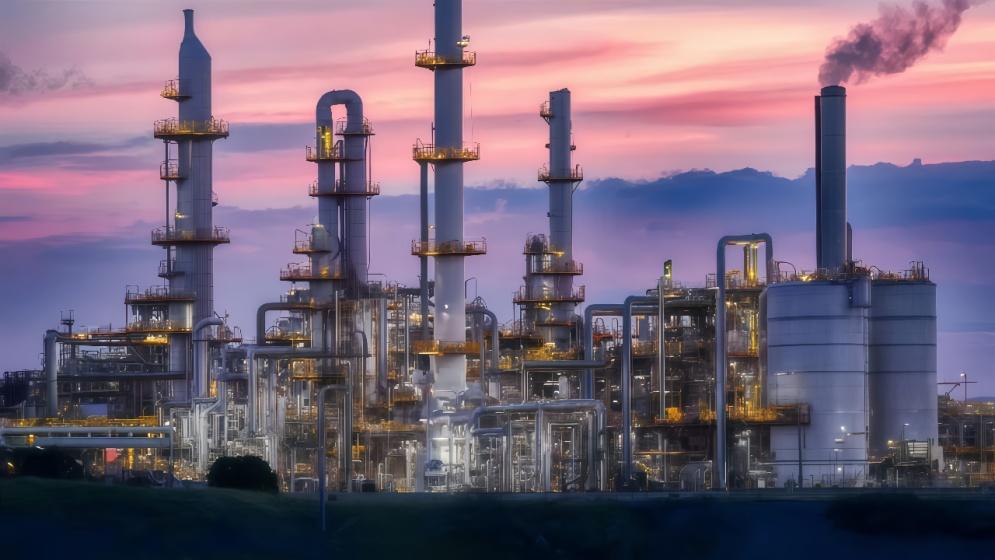
An oxygen (O₂) gas analyzer is an instrument that continuously measures oxygen concentration—ranging from trace ppm to percent levels—in combustion flue gas, process streams, enclosures, or packaged headspace. Using technologies such as zirconia (ZrO₂), electrochemical cells, and laser/IR absorption, analyzers can be installed in-situ or as extractive systems to support combustion control, CEMS compliance, inerting/blanketing, fermentation, medical oxygen, and modified-atmosphere packaging.
Getting the definition is only the starting point. Real plants face hot dust-laden stacks, solvent vapors, fast transients, and strict uptime targets—conditions that make the choice of technology, installation method, and maintenance strategy decisive. The sections below answer the questions most teams ask before selecting an O₂ analyzer and integrating it into their process.
What does an Oxygen Gas Analyzer actually measure and how does it work?
Process owners often shop by range and price alone, then discover in commissioning that response is lagging, readings drift with temperature, or cross-interference corrupts low-oxygen points. A clear grasp of how each technology senses O₂ prevents those pitfalls.
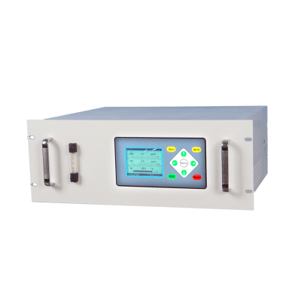
- Key performance metrics: measurement range (ppm to 25/100% O₂), accuracy and repeatability, T90 response time, linearity, zero/span drift, ambient and process temperature limits, dust/condensation tolerance, and outputs (4–20 mA, Modbus/RS-485, relay).
- Sensing principles
- Zirconia (ZrO₂) cell: a solid-electrolyte probe operated at high temperature. The Nernst potential relates to O₂ partial pressure; ideal for hot, wet flue gas and furnace/firebox measurements with fast response and long life. Common in in-situ combustion control.
- Electrochemical cell (galvanic/ECD): a low-temperature sensor with very low power draw; excellent for portable instruments, gloveboxes, and low-% monitoring where cross-gases are limited and ambient is moderate.
- TDLAS/IR absorption: a narrow-band laser (or IR) measures O₂ absorption along an optical path. Offers high selectivity, fast response, and strong performance in extractive systems with proper sample conditioning.
- Installation styles
- In-situ (probe/cross-duct): minimal lag and no sample conditioning; best for hot combustion and high flow ducts.
- Extractive: conditioned sample (filtered, cooled/heated, regulated) routed to a bench analyzer; best when multiple components are measured or when the process is corrosive/condensing.
In-situ vs. Extractive (high-level comparison)
| Criteria | In-situ (Zirconia/Cross-Duct) | Extractive (Zirconia/TDLAS/ECD) |
| Response time | Very fast (seconds) | Fast to moderate (depends on sample line) |
| Sample conditioning | None/minimal | Required (filters, chillers/heat, drains) |
| Dust/condensation | Tolerant with proper probe | Managed by conditioning |
| Multi-gas capability | Limited | Strong (add CO, CO₂, NOx, CH₄, etc.) |
| Maintenance | Periodic probe cleaning | Filter media & conditioner upkeep |
| Typical uses | Combustion control, safety interlocks | CEMS, quality control, mixed-gas processes |
When should you choose a zirconia oxygen analyzer?
High-temperature, dusty flue gas quickly overwhelms delicate sensors. Plant teams then over-ventilate “just to be safe,” burning extra fuel and inviting NOx penalties. A robust zirconia probe moves you from over-airing to optimal excess O₂ with confidence.
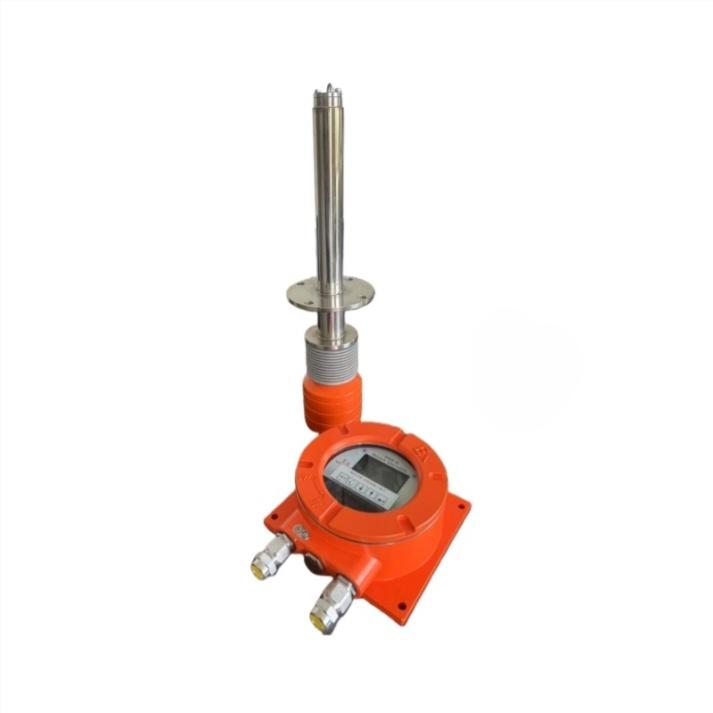
- Best-fit scenarios: boilers, fired heaters, kilns, furnaces, incinerators—anywhere gas temperature is high and the goal is tight combustion or safety interlocking.
- Why it works: ZrO₂ cells thrive at elevated temperatures, deliver fast T90 (often 1–3 s), and tolerate water vapor and particulates better than most alternatives.
- Benefits: lower excess air (fuel savings), reduced CO/NOx, stable control during load swings, and fewer trips from sensor lag.
- Implementation tips: mount after adequate mixing but before excessive dilution/leakage; avoid eddies and air infiltration points; include a removable probe/filter tip for ash; schedule routine zero/span checks.
How do O₂ analyzers fit into CEMS and compliance monitoring?
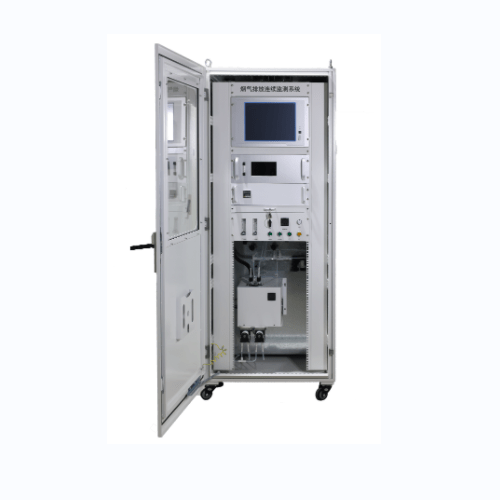
- Role in CEMS: O₂ enables standardized emissions calculations (e.g., correcting NOx or CO to a reference O₂), confirms combustion stability, and supports alarms/interlocks.
- System architecture: extractive racks pair an O₂ analyzer with sample conditioning (particulate filters, chillers or heated lines, moisture knock-out, pumps/flow control) and automatic zero/span valves for routine checks.
- Data integrity: validate with certified gases, log calibration factors, and align analyzer time stamps with the DAS (data acquisition system).
- Outcome: defensible reports, smoother audits, and early detection of burner or air leakage issues that affect emissions.
Which Oxygen Gas Analyzer technology is best for inerting, nitrogen blanketing, and safety?
In storage tanks and reactors handling solvents or powders, a small rise in O₂ can shrink your safety margin without visible signs. Relying on periodic sampling leaves a dangerous window; continuous O₂ monitoring closes it.
- Targets: low-oxygen setpoints (often <2–8% v/v depending on flammability limits) with fast alarms and fail-safe relays.
- Technology fit: low-% ranges favor electrochemical or laser-based analyzers with stable baselines; consider redundant channels or voting logic for SIL targets.
- Industries: chemicals, pharma, coatings/inks, metal powders and additive manufacturing, solvent recovery, and off-gas treatment.
- Integration: tie analyzer alarms to N₂ valves/VFDs, include proof-of-closure signals, and document function tests in the SIS.
How is oxygen monitoring used in process industries beyond combustion?
When O₂ deviates in bioprocessing or protective atmospheres, yield drops and off-spec material piles up before QC catches it. Continuous monitoring guides proactive control rather than reactive troubleshooting.
- Bioprocess/fermentation: monitor off-gas O₂ for respiratory activity and feed-rate control; combine with CO₂ for mass balance and scale-up comparability.
- Protective/inert atmospheres: welding and heat-treat furnaces, gloveboxes, and metallurgical processes rely on ppm-level O₂ to prevent oxidation.
- Gas separation & syngas: confirm O₂ in PSA/cryogenic skids, hydrogen production, and reducing environments where oxygen ingress is detrimental.
- System choice: electrochemical for portable or moderate-temp skids; extractive laser/IR for low-ppm and multi-component benches.
What about food packaging (MAP), medical oxygen, and life-support environments?
For shelf life and patient safety, there is no tolerance for ambiguous readings. Instruments must be traceable, stable, and easy to verify.
- MAP (Modified Atmosphere Packaging): verify headspace O₂ in snack foods, coffee, meats, and produce; portable spot-checkers complement inline QA stations. Results correlate directly to staling, color, and microbial growth rates.
- Medical & life support: monitor O₂ concentration in supply lines, incubators, hyperbaric systems, or diving/CAB environments. Requirements often include alarm latching, event logs, and routine calibration with certified gases.
- Good practice: establish SOPs for zero/span checks, retain calibration certificates, and train operators on cross-gas awareness (e.g., anesthetic or sterilant vapors).
How do you choose the right O₂ analyzer for your plant?
Many purchases fail not because the sensor is “bad,” but because critical site variables—dust loading, acids, saturation, temperature, or required response—were never captured in the spec. A short, rigorous checklist prevents mismatches.
- Application checklist
- Range & accuracy: ppm vs. %; required error band at control limits.
- Process conditions: temperature, pressure, dust/condensables, acid gases.
- Installation: in-situ probe vs. extractive rack; sample line length/heat.
- Response & availability: target T90, warm-up, bypass/validation needs.
- Outputs & integration: 4–20 mA, Modbus/RS-485, relays, data logging.
- Compliance & area: certifications (e.g., hazardous area), CEMS rules, alarm integrity.
- Lifecycle: service intervals, consumables, and onsite calibration strategy.
- Technology selection guide
| Need | Recommended technology |
| Hot flue gas, fast control | In-situ Zirconia |
| Low-% O₂, general purpose | Electrochemical |
| Low-ppm or high selectivity, multi-gas bench | TDLAS/IR extractive |
| Harsh, condensing, multi-component CEMS | Extractive with conditioning |
What do maintenance, calibration, and total cost of ownership look like?
Cutting capital cost only to be trapped by constant cleaning, filter swaps, or downtime is a false economy. An analyzer that fits your process can cut OpEx year after year.
- Routine tasks: probe ash cleaning (in-situ), filter replacements (extractive), leak checks, and scheduled zero/span verifications.
- Calibration: adopt interval-based or performance-based strategies; use certified span gases and log adjustment factors to demonstrate stability.
- TCO drivers: sample conditioning load (power, chillers, heated lines), sensor replacement intervals, spare parts stocking, and the value of avoided fuel/emissions penalties.
- Reliability tactics: install upstream knock-out/particulate traps, add purge/blowback on in-situ probes, and use diagnostics (cell impedance, optical gain) to predict service.
Case highlights: fuel efficiency and emissions gains with zirconia analyzers
Leadership wants ROI, not just readings. Plants that move from periodic sampling to closed-loop O₂ trim routinely document fuel savings and fewer excursions.
- Combustion trim: a properly located ZrO₂ probe feeding a PID loop reduces excess air while safeguarding CO. Typical results include measurable fuel savings, reduced NOx, and tighter O₂ distribution across multiple burners.
- Operational resilience: fast response during load changes avoids over-air spikes and CO “puffs,” improving product quality in kilns and minimizing upset-driven trips.
- Roll-up benefit: lower fuel per ton, fewer manual interventions, and cleaner audit trails for environmental reports.
Conclusion
Oxygen analyzers turn an invisible, high-impact variable into a controlled parameter—directly affecting safety margins, fuel spend, emissions, and product quality. Choose the sensing principle to match your environment (ZrO₂ for hot flue gas; electrochemical for low-% and portability; TDLAS/IR for low-ppm and multi-gas benches), then decide on in-situ vs. extractive based on conditioning needs, response time, and compliance. Close with a pragmatic plan: confirm process conditions, lock in calibration routines, and integrate alarms/data with your control and reporting systems.
If you have more questions, please contact us directly!




